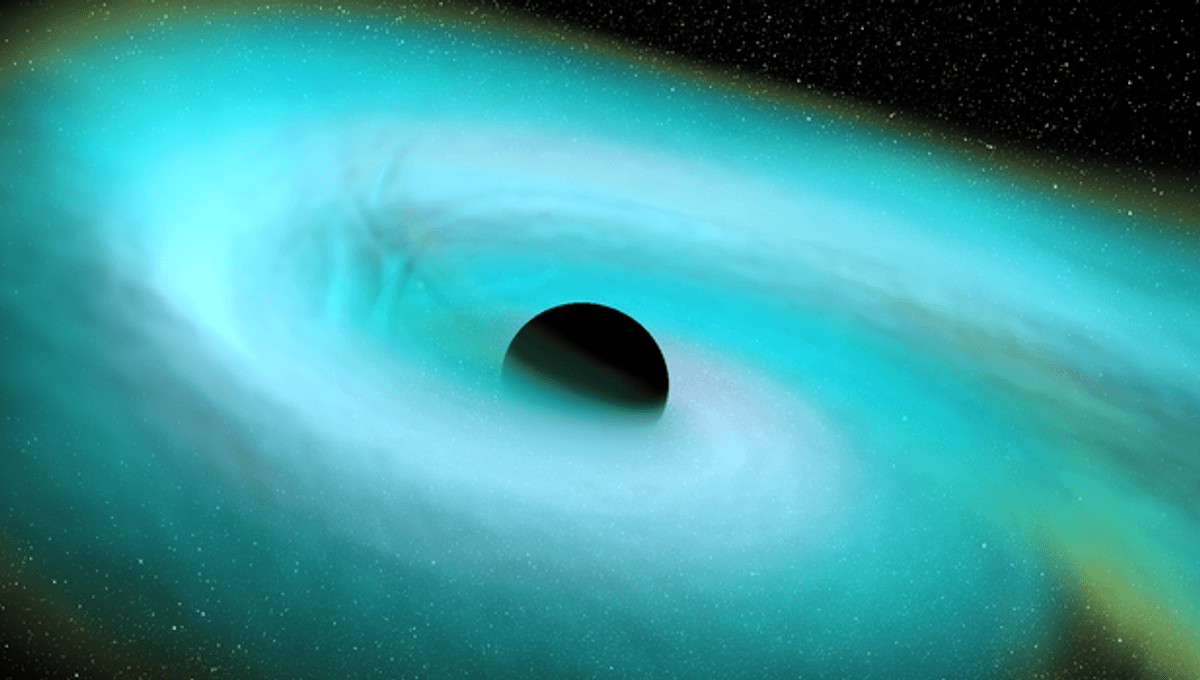
A likely detection has been made of gravitational waves from a long-sought event: a black hole consuming a neutron star, and telescopes worldwide are hoping to confirm it. The signal was picked up by LIGO during an engineering run, and the circular alerting astronomers acknowledges uncertainty remains. Nevertheless, there is a better than even chance one of the rarest and most dramatic events in the universe has finally been caught in the act.
The world has spent decades and a great deal of money establishing detectors capable of confirming the existence of gravitational waves, a crucial prediction of Einstein’s Theory of General Relativity. Having succeeded in that goal, the quest shifted to catching waves from three main types of cataclysmic events: the merger of two black holes; collisions between two neutron stars; and a black hole swallowing a neutron star.
Continuous gravitational waves, caused not by a single event but an ongoing process such as the spinning of a not-quite-spherical neutron star, represent a separate and even harder to find category.
The first black hole merger detection was arguably the physics highlight of 2016, followed by the discovery of neutron stars colliding to trigger what is now called a kilonova in 2017. Possible examples of black holes swallowing neutron stars created great excitement two years ago but telescopes couldn’t find the afterglow, leaving some astronomers considering both unconfirmed. The race is on to try to change that this time.
On May 18 a statement from the LIGO, VIRGO, and KAGRA Collaborations jointly reported an apparent gravitational wave from a “compact binary merger candidate” in a NASA circular. “We identified the compact binary merger candidate S230518h during real-time processing of data from LIGO Hanford Observatory and LIGO Livingston Observatory,” the statement reads.
The collaborations acknowledge a 10 percent chance the detection is not of a gravitational wave at all, but some earthly shaking of their instruments that happens to look just like the expected wave. They also allow for a 4 percent chance the wave is real but represents an unusual example of two black holes merging – still interesting, but not a first-of-class breakthrough. The possibility of another kilonova is put at less than 1 percent.
That leaves an 86 percent chance we’ve finally found real-time evidence of a neutron star’s last moments as it disappears beyond a black hole’s event horizon.
As the above simulation shows, an event like this is expected to begin with extreme tidal disruption of the neutron star, eventually leading to its breakup leaving a disk of material around the hole. The simulation represents a case where the black hole has twice the mass of its companion, and neither is spinning. Realistically, spin is likely to complicate the process further.
Although the exact location of the event has not been pinned down, a map of the general area of the sky the wave comes from is available. This will allow telescopes operating in the optical, radio wave or X-ray spectrum to seek the event’s afterglow, as occurred after the first neutron star-neutron star merger, leading to the largest collaboration in the history of astronomy. Subsequent circulars have narrowed the search area, but so far X-ray detectors have not found a match.
Source Link: Suspected Real-Time Gravitational Wave Detection Of A Black Hole Eating A Neutron Star